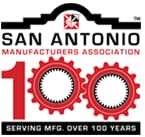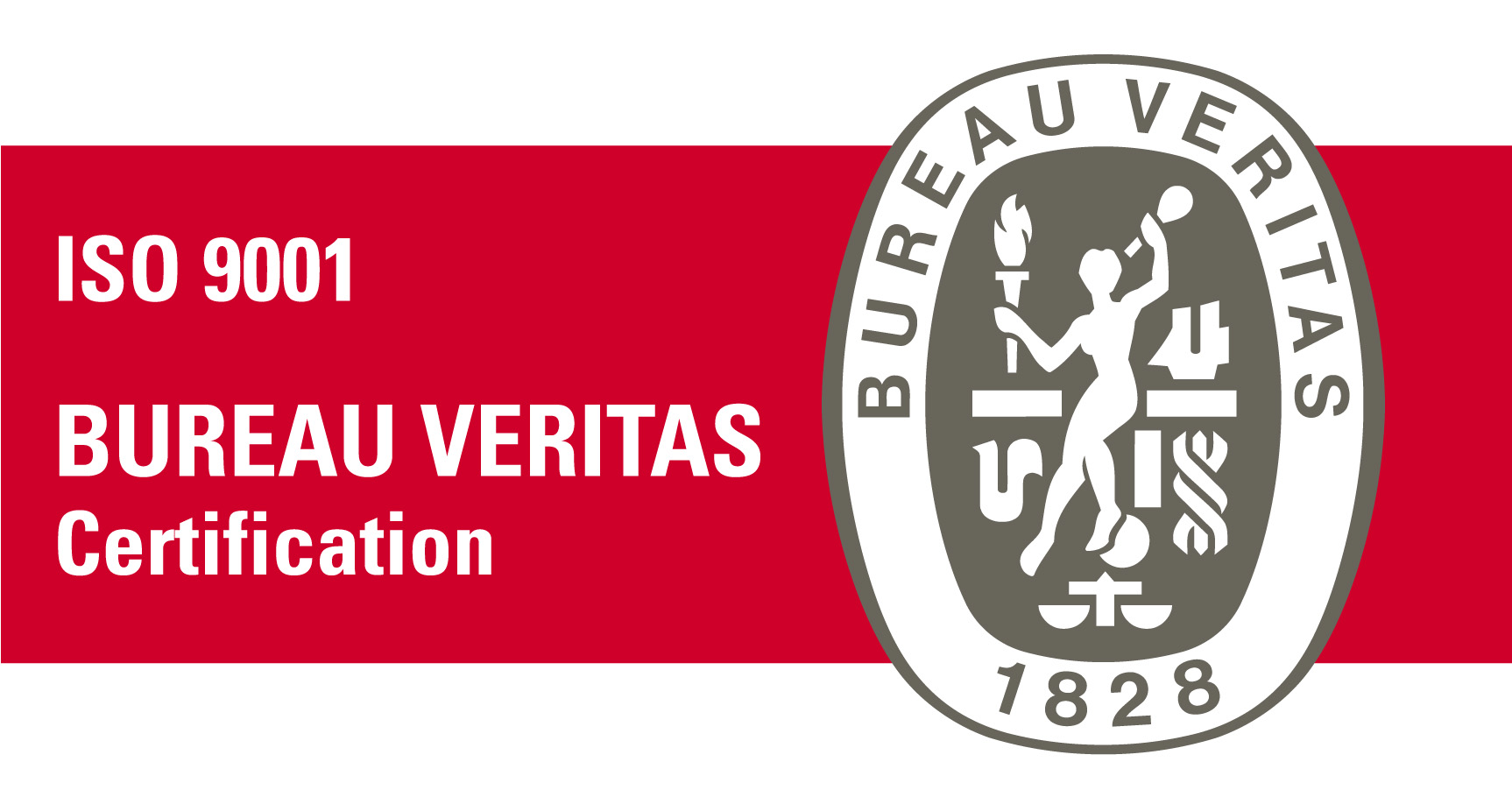Buyer's Tips, Terms, and Terminology for Trouble-Free Contracting of Machined Products
I know I need a turned parts specialist. What type of equipment should my supplier have for my product?
In general, high volume parts without really tight tolerances are best made on multiple spindle automatics. Miniature parts or products that are long and slender are best made on Swiss machines. Shorter run products are best made on CNCs. If your products have cross-holes or milled flats, they may be best suited for three to five axis machines. At times, even the tool engineer has to carefully consider several alternatives before arriving at a final decision, so keep your options open. See Cox Manufacturing Company capabilities.
Should I pay a tooling expense?
The buyer should be informed of the non-reoccurring costs related to a production order. Costs of programming, tool design, fixtures and cams will not occur on a repeat order. It is really best for the buyer to have this cost differentiated from the part cost.
How does quantity impact price?
In production machining, quantity has a tremendous impact on price. For very high volume jobs we use different types of machines to reduce cycle time and increase output. However these machines frequently cost more time and money to set up. Once set up, production can be run in multiple shifts with production efficiencies improving as the job runs longer and longer. We can easily provide you with price breaks for multiple order quantities.
Should I consider an annual contract or blanket order?
For a stable part design with steady usage, there is no better way to optimize your costs and your supplier’s.
We will be buying a high volume part that is critical for our production. Is buying from a single source rather than dual sources wise?
Single sourcing gives you several advantages. First, having one larger order in one shop gets you a better price. Second, if you have any quality problems, you know where they came from. Third, buying parts from one supplier will likely result in parts that are more consistent. Select your strongest supplier and you will have less than half as many scheduling, delivery, and quality problems. Yes, a stable, single source really is better than two. Comaco has been a stable supplier since 1956.
How about requirements for heat treating and plating, can I save money by handling those myself?
If you really want to shave the nickels you can handle these processes yourself, but you do assume responsibility for potential problems. At times, part dimension will change after heat treat. Furthermore, plating buildup changes dimensions. If you buy the part before plating , make sure you adjust your print to pre-plating dimensions. Most customers would rather not have these headaches.
Comaco is offering the best domestic price that I have been quoted but I have an off shore price that will save my company so much money, I can't pass it up. Can we keep you in mind for our backup source?
First, you should realize that many companies buying parts offshore never know what factory will really make their parts. Often brokers move the jobs around as they overload a supplier or find lower prices. Many companies have also been burned by losing control of their design and later discover they have helped establish a foreign competitor (see the New Balance story WSJ, Dec. 19, 2002). Beyond this, few manufacturers fully capture the REAL cost of importing. Beyond the added freight costs, duties, increased inventories, costs of communication delays and overall purchasing management costs increase, the strategic loss may be the single biggest added cost factor. What is the value of having a domestic supplier that will not be shut down in the event of a dock strike, an embargo or a war? What is the value of having a manufacturing expert readily available to support your engineering team? What is the value of having a manufacturing supplier that can ship you parts before a shipping container is filled? What is the value of having fewer parts in the pipeline, allowing your engineering to implement design changes faster? What is the value of having a manufacturer that is a long-term strategic partner in meeting your business objectives? Fully accounting for all these cost factors before the assumption is made that "offshore is cheaper", would be more that prudent, it is critical for your long-term business success.
Interested in a career at Cox or ready to submit a resume?
To view any open positions or submit a resume, please click here!






